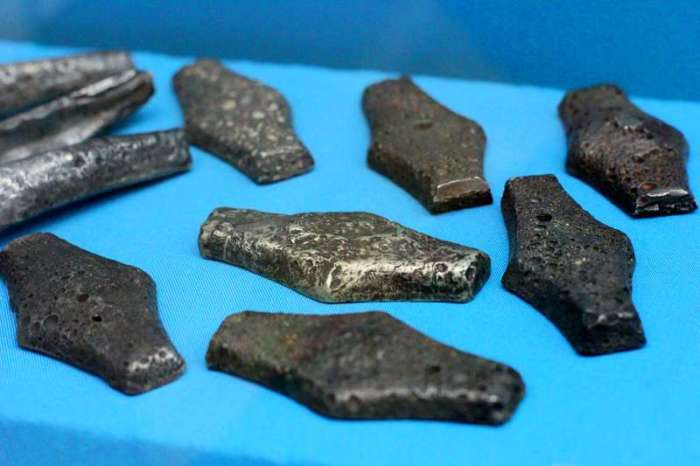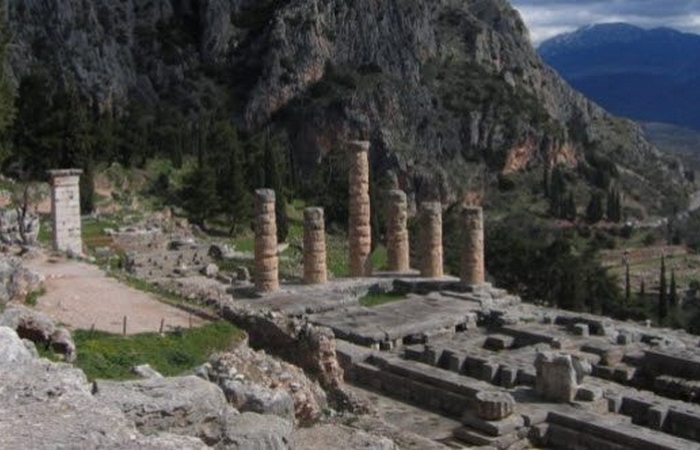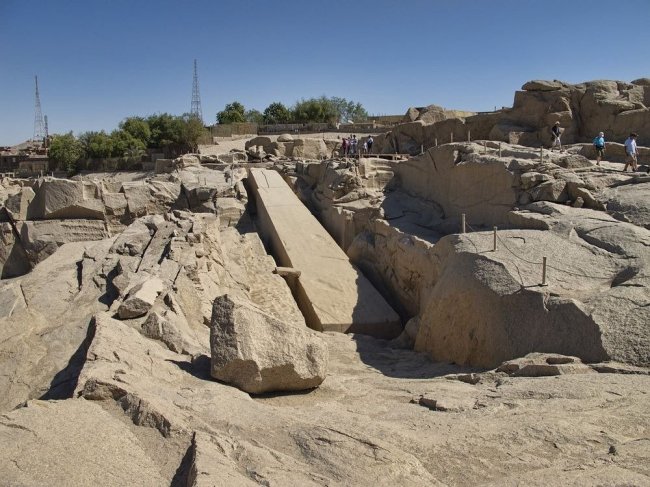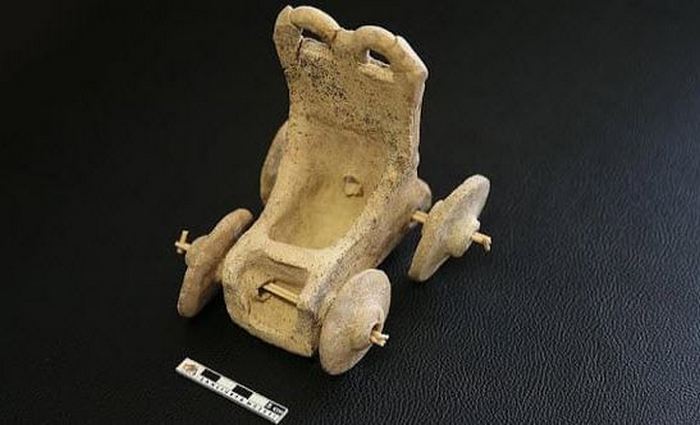huge size
10 strangest archaeological finds
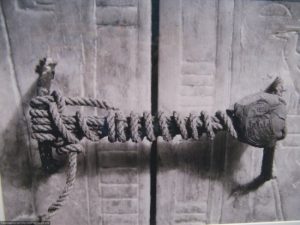 During the excavations, archaeologists first of all pay great attention to the discovered antiquities – be it dusty clay fragments or luxuriously painted frescoes. But on the surface of the found antiquities, sometimes no less interesting finds can be found which can tell no less about the days gone by than the artifacts themselves.
During the excavations, archaeologists first of all pay great attention to the discovered antiquities – be it dusty clay fragments or luxuriously painted frescoes. But on the surface of the found antiquities, sometimes no less interesting finds can be found which can tell no less about the days gone by than the artifacts themselves.
1. Smiling pot
Not so often an ancient potter with a sense of humor. When archaeologists dug up a 4,000-year-old pot, he “smiled” at them. In 2017, when in Turkey near the Syrian border, on excavations that have been going on for 7 years, they discovered another broken pot, it seemed that there was nothing unusual in it. But when the restoration team gathered the fragments in a big pot-bellied pot, she noticed something very familiar to modern people – a smiley. Continue reading
Mysterious prehistoric objects
 In the world there are hundreds of mysterious places and objects, which scientists are trying to unravel the secret of more than a dozen years. Stone circles, plates, deities, temples – all these centuries-old historical values are unique and give us the opportunity to return to the past – to the origins of the development of human civilization.
In the world there are hundreds of mysterious places and objects, which scientists are trying to unravel the secret of more than a dozen years. Stone circles, plates, deities, temples – all these centuries-old historical values are unique and give us the opportunity to return to the past – to the origins of the development of human civilization.
Karnak stones. France
Karnak Stones is a collection of more than 3 thousand standing stones around the French city of Karnak in Brittany. The stones were installed between 4500 and 3300 BC. There are many theories about the purpose of installing these stones. Some argue that the stones are related to astronomy and are an observatory. Other scientists claim that the stones were used as primitive seismic instruments for determining earthquakes. Continue reading
